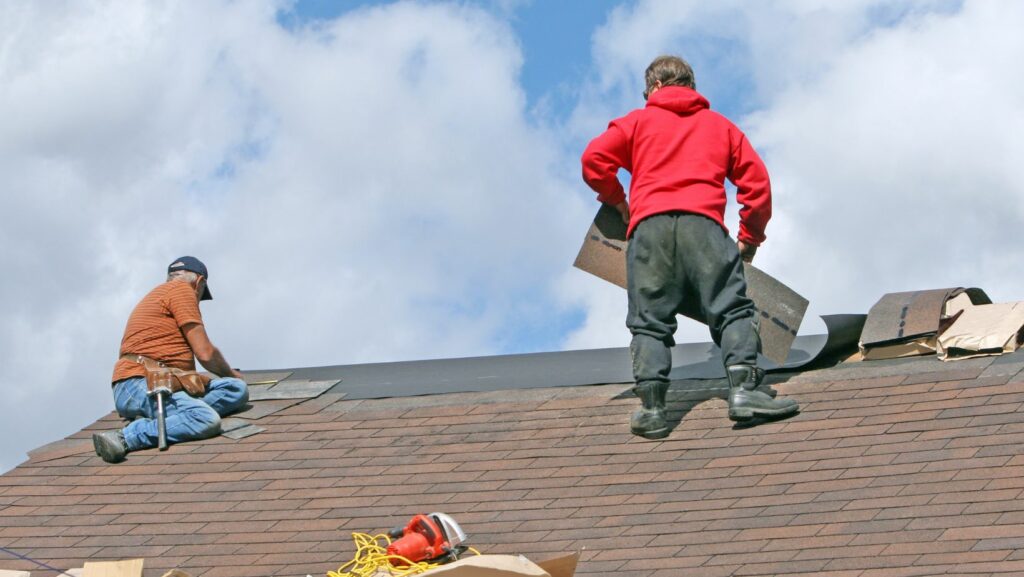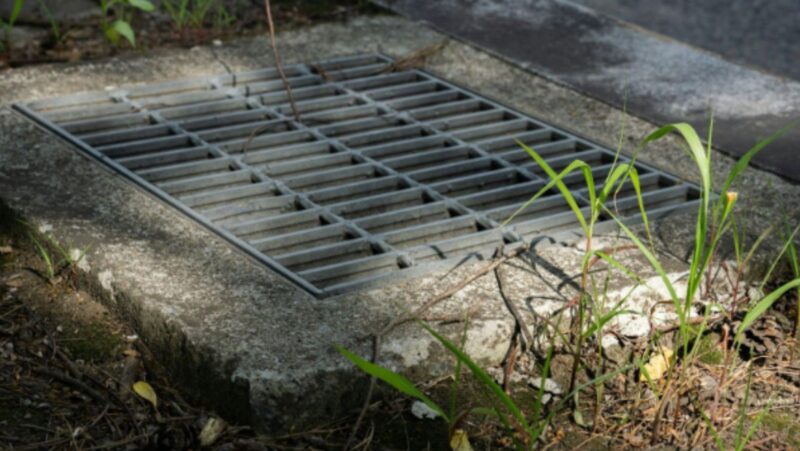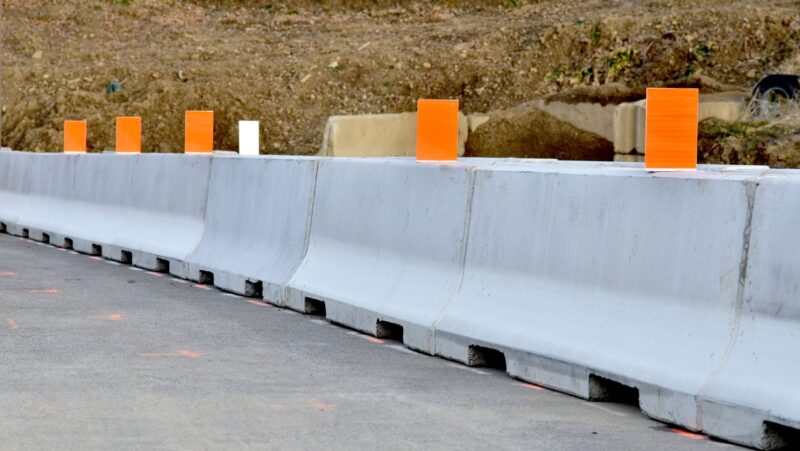
Whether for repairs, replacements or new installations: roofing projects demand meticulous planning; they necessitate skill – and an unwavering adherence to safety protocols. The act of working on rooftops presents substantial risks not only to professionals but also to DIY enthusiasts: thus, the implementation of rigorous roofing safety practices becomes paramount in preventing accidents, injuries, potential property damage and roof longevity. We should explore the significance of practicing safety in roofing and its contribution to job efficiency and security.
Understanding Roofing Hazards
Various hazards–falls from heights, exposure to adverse weather conditions, electrical risks and structural instability–are inherent in roofing projects. These dangers can result in severe injuries or even death if one does not implement adequate safety measures. Furthermore: improper handling of tools and materials may pose supplementary perils for both workers and bystanders.
Importance of Personal Protective Equipment (PPE)
Safeguarding workers during roofing tasks necessitates the use of personal protective equipment (PPE): hard hats; safety goggles – gloves, slip-resistant footwear and fall protection gear. The risk of head injuries, eye injuries–hand injuries even–and falls from elevated surfaces can be mitigated by wearing appropriate PPE.
Fall Protection Measures
The construction industry commonly experiences injuries resulting from falls off rooftops. Therefore, critical implementation of fall protection measures is necessary to prevent such accidents. These preventative strategies could encompass guardrail installations, safety nets applications and the use of personal fall arrest systems (PFAS)—for instance harnesses or lanyards. To guarantee effectiveness and adherence to safety standards, one must undergo proper training in utilizing fall protection equipment.
Roof Inspection and Assessment
To initiate any roofing work: a thorough inspection and assessment of the roof structure prove imperative. This process–identifying potential hazards such as weak or damaged areas; unstable surfaces, overhead power lines included–equips workers with the necessary knowledge to take appropriate precautions before commencing their tasks.
Safe Handling of Tools and Materials
To prevent accidents and injuries on the job site, it is essential to handle and store tools and materials properly.

Organizing tools meticulously while securely fastening them on the roof will prevent any instances of falling off. Furthermore, reducing strain injuries as well as accidents warrants that mechanical aids or equipment be used for lifting heavy materials during their relocation.
Training and Education
Essential components of roofing safety practices, proper training and education. All roofers that are engaged in roofing projects must undergo comprehensive instruction on several key aspects–hazard recognition, safe work practices, emergency procedures; moreover, they should receive explicit guidance regarding the correct use of equipment and personal protective gear (PPE). Ongoing training coupled with periodic refresher courses not only bolster safety awareness but also cultivate an enduring workplace culture marked by paramount emphasis on safety.
Adherence to Safety Standards and Regulations
Roofing contractors and workers must comply, without exception, with the safety standards and regulations established by regulatory agencies like the Occupational Safety and Health Administration (OSHA). These specific requirements–ranging from fall protection to ladder safety; scaffolding usage or electrical precautions in roofing work are all outlined under these rigorous guidelines. Consequently, it falls upon employers: they have a legal obligation not only to provide adequate training but also resources that guarantee worker comprehension of— as well as strict adherence to—these critical protocols.
Roofing Contractors And Workers
compliance with safety standards– set forth by regulatory agencies such as the Occupational Safety and Health Administration (OSHA) – is not just recommended; it’s mandatory. These specific requirements encompass fall protection, ladder safety, scaffolding use or non-use thereof for roofing work – electrical precautions being another key aspect among others.

In order to ensure understanding of these vital regulations from employees—the onus falls squarely on employers—they must provide adequate training resources: a clear demonstration of their commitment towards workplace regulation awareness—and subsequent adherence—to remain in full legal compliance at all times throughout operation periods!
Conclusion
To conclude: critical for workers’ well-being and the success of roofing projects are safety practices in roofing. Contractors and laborers, through proper implementation–such as utilizing personal protective equipment; installing fall protection systems; adhering to safety standards–can mitigate job site risks thus averting accidents. Safety training investment, conducting thorough inspections, promoting a culture of security-all these steps towards creating a safe (and productive) work environment within the industry require conformance from everyone involved. Roofing professionals, through their prioritization of safety, can accomplish their objectives while ensuring the welfare of their most precious asset: their employees.



